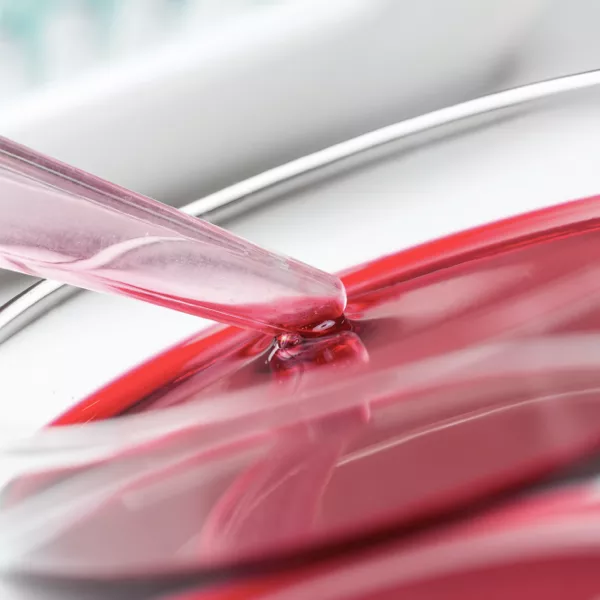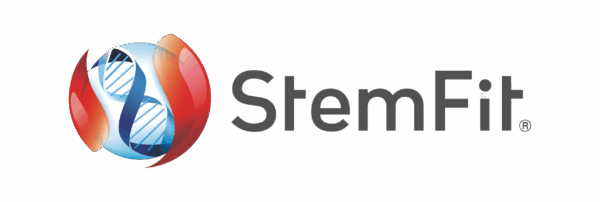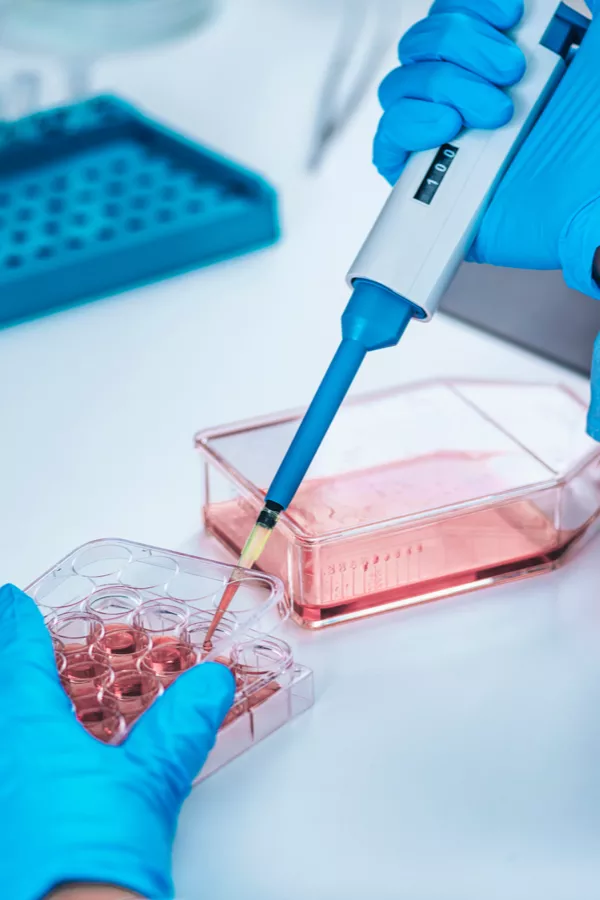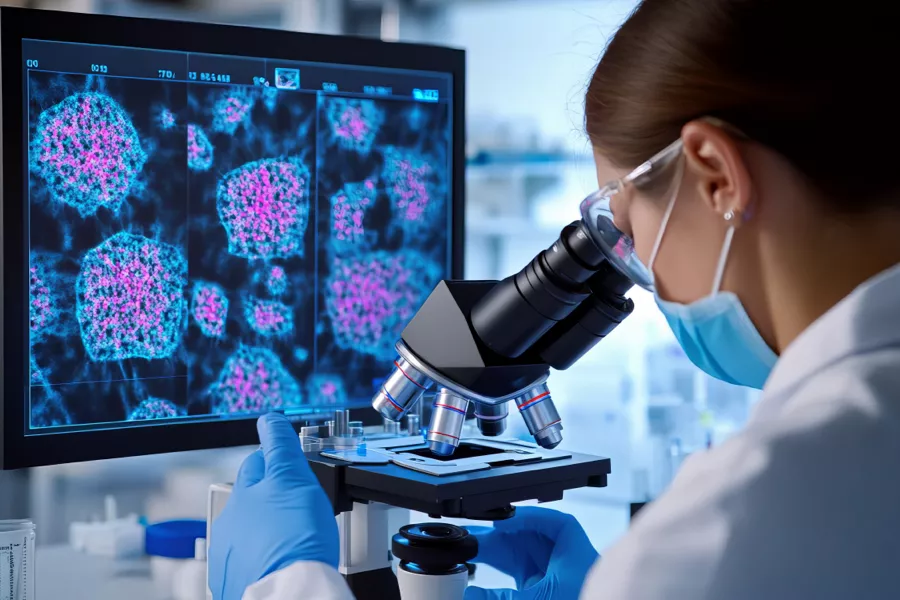Pioneering the new standard of healthcare.
Pushing the boundaries of regenerative medicine through our line of media and proteins for Induced Pluripotent Stem Cell (iPSC) and Embryonic Stem Cell (ES).

About Regenerative Medicine Advancing innovative therapies through regenerative medicine.
Creating solutions for those revolutionizing healthcare.
We contribute to the development of this groundbreaking field through the StemFit™ product family, a range of cell culture media and proteins designed for the enhancement of expansion and differentiation of iPSC and ES cells.
Used in a variety of research and clinical applications worldwide, the StemFit™ family has been instrumental in contributing to the development of new therapies for those struggling with life-altering diseases and other health issues.
High-quality, animal-origin free, GMP formulations.
Our formulations are free from any human or animal-derived components, making them as safe as possible.
Invented by Nobel laureate Shinya Yamanaka, our StemFit™ product family creates the optimal condition for cell expansion and differentiation of iPSC and ES cells. We’re proud to say we are the de facto cell media standard in Japan for iPSC and ES cell culture.
Our advanced cell culture media and recombinant proteins are designed to enhance the differentiation of cells into cell types of all 3 germ layers (ectoderm, mesoderm, endoderm) through high-quality, low-cost growth factors.

Our Approach Custom Regenerative Medicine Solutions
A formulation for every application.
The Ajinomoto Group offers customized formulations for various applications, including a GMP-compliant media designed for long-term genetic stability and large-scale manufacturing in both powder and aqueous forms.
ICH Q7 Certified
Animal-Origin Free
Global Supply Chain
Increased Shelf Life
Our StemFit™ product family includes a variety of formulations tailored to meet the needs of different applications from research, to clinical, and beyond.
- Animal-origin free, defined medium for differentiation of human ES and iPS cells.
- Animal-origin free, defined medium for human pluripotent stem cell culture.
- Animal-origin free, defined medium for human pluripotent stem cell culture.
- A high-purity, animal-origin-free recombinant human basic fibroblast growth factor produced in Corynebacterium glutamicum.
- A recombinant, animal-origin-free protein designed to support hematopoietic stem cell expansion and differentiation.
- A high-quality recombinant, animal-origin-free protein optimized for epithelial and organ-specific stem cell differentiation.
- A recombinant protein used in mesodermal and endodermal differentiation protocols.
- A high-purity, animal-origin-free recombinant human basic fibroblast growth factor produced in Corynebacterium glutamicum
- A high-quality, animal-origin-free recombinant human Activin A designed for stem cell differentiation and regenerative medicine applications.
Collaborate With Us Our Solutions Go Even Further
Don’t see what you’re looking for? We thrive on meeting modern challenges and changing consumer preferences with solutions. Our process is all about finding innovation in tradition and intersecting our expertise with today’s needs.
Collaborate with us and find out what else Ajinomoto Health & Nutrition North America, Inc. can do for you.


How We Innovate Helping to pioneer the cell therapy field.
Cell media solutions that can change lives.
Our StemFit™ media solutions are a critical piece in cell therapy research, contributing to the study and development of therapies for those with significant health issues. Our media is being utilized in research to create therapies for those suffering from the following conditions:
- Restoring cardiac function after heart failure
- Aiding skin regeneration for those with epidermolysis bullosa
- Treating Macular Degeneration
- Many other life-altering diseases
Discover How Ajinomoto Health & Nutrition Can Transform Your Business
Get access to industry experts, better ingredients, and innovative solutions.